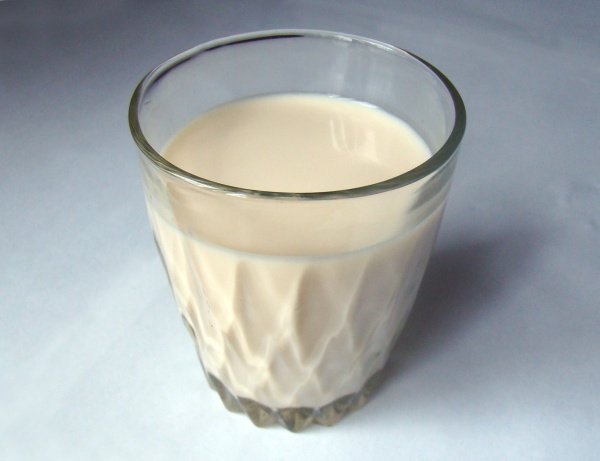Facts About Baked milk
Baked milk is a cherished delicacy in Russia, Ukraine, and Belarus, renowned for its rich, caramel flavor and creamy texture. This unique variation of boiled milk is created by simmering it on low heat for approximately eight hours. Traditionally, people in rural areas would prepare it by placing boiled milk in an oven until a brown crust formed on the surface. The prolonged, gentle cooking process triggers a reaction between the milk's amino acids and sugars, forming melanoidin compounds that impart baked milk's distinctive color and flavor. The heat also reduces the milk's moisture content, altering its consistency.
In the past, traditional Russian log houses had stoves with varying cooking temperatures, depending on where the food was placed inside.
Today, baked milk is produced on an industrial scale, ensuring it is free of harmful bacteria and enzymes. This process makes it safe to store at room temperature for up to forty hours. Despite this, many people still enjoy making homemade baked milk for use in baking cakes, pies, and cookies.
Fermented baked milk products, such as Ryazhenka and Varenets, are also popular. These yogurt-like beverages are traditional breakfast drinks in Ukraine, Belarus, and Russia. Historically, Varenets was made by baking sour milk until it turned golden brown in East Slavic ovens. During the Soviet era, the term "Ryazhenka" referred to a creamy drink produced by the government, which lacked the skin that forms on traditional baked milk.

 Azerbaijan
Azerbaijan